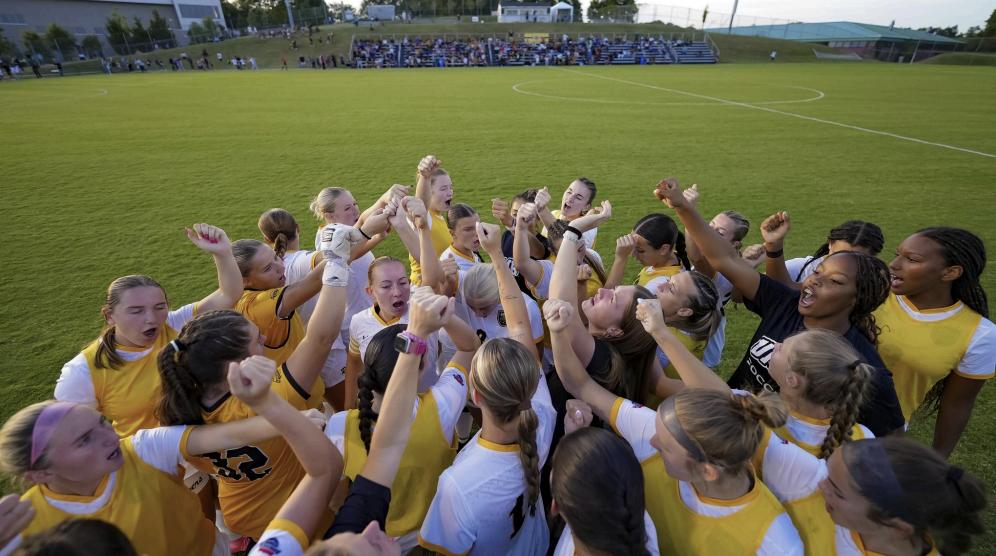“I have a really bad tendency to [exit] out of whatever class or Zoom meeting I’m in and watch a YouTube video or browse Reddit or something instead of listening to the teacher,” said physics major Nick Hestnes, who is part of the eight percent of undergraduate University of Maryland, Baltimore County students registered with the university’s Office of Student Disability Services (SDS).
Hestnes, diagnosed with a mild case of Attention-Deficit/Hyperactivity Disorder, is also amongst the over eight percent of U.S. adults ages 18 to 44 diagnosed with ADHD.
The more a professor immerses students in class, the more Hestnes is prompted to pay attention and participate instead of browsing the Internet.
“If the professors are constantly engaging with students during class they’ll be interested, but if not they’ll be exiting the tab,” Hestnes said.
However, engagement over a screen is still not as effective as in-person classes, says Hestnes. He still finds himself getting distracted by doing work for his other classes. His saving grace is professors’ now common practice of recording lectures and posting them on Blackboard.
“I can’t really multitask so that kind of screws me over, but luckily a lot of my professors have been recording the lectures so I can go back and look at them afterward,” Hestnes said.
Assistant Vice Provost for Accessibility and Disability Services and the Director of Accessibility and Disability Services Tawny McManus said that it is best practice for professors to record their lectures. Since the University of Maryland, Baltimore County’s initial move to online learning in March, McManus and SDS have worked with professors to ensure classes are accessible. An easy step discussed by SDS was adding closed captions to professors’ recorded lectures. This semester, SDS is emphasizing all the skills they taught to professors during the spring.
“We have over a thousand students actively registered this semester, and typically around eight hundred are actually seeking services,” said McManus. “The breakdown is that learning disabilities have always been our largest population of students with disabilities.”
To help the UMBC student population while working remotely, SDS has further individualized their services based on the challenges of a given student.
In order to get assistance from SDS, students must register online and include supporting documentation of their disability.
McManus said it is always a good idea to register just in case, even if a student does not currently wish to request accommodations. Students who do not yet have a documented disability can visit the SDS website at sds.umbc.edu or send them an email at disability@umbc.edu if they need advice on where to start.
Written by Kylie Potter (kpotter2@umbc.edu)
